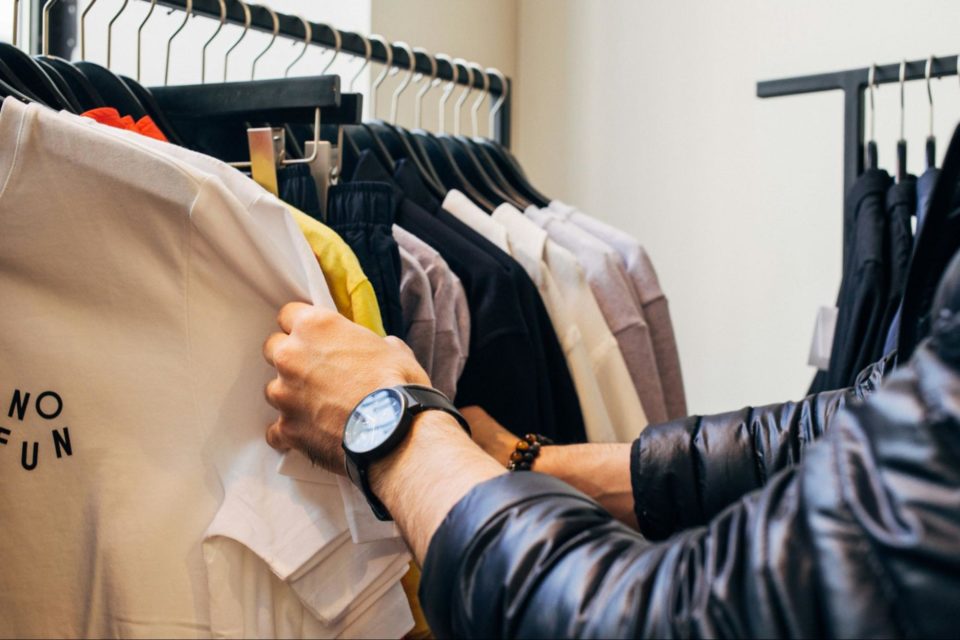6 fintech experts on the future of retail payments
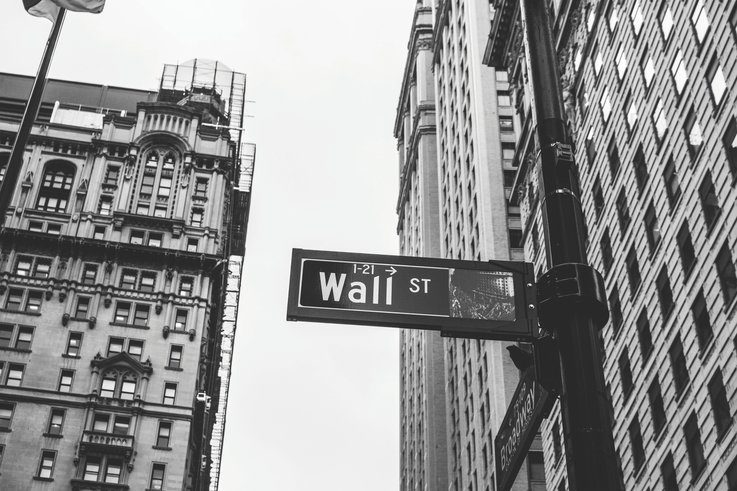
In some places cash is no longer king. There’s a myriad of new ways to pay for things you want to buy, but what is the future of retail payments? Will cash really be forgotten, will Bitcoin really be everywhere, or will we be spending via some other system?
That’s the question we asked six financial tech (or fintech) experts. From ‘Swiss Army’ apps to Big Mac coins, find out what they had to say on how we’ll be paying in stores and online in the future:
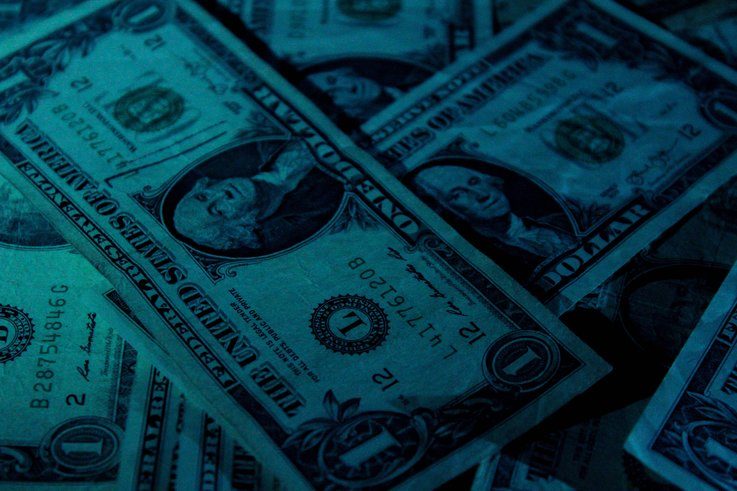
Convenience is key
Many of the developments in financial tech have been about making the buying process quicker and more convenient – chip and pin rather than having to sign for something, contactless for faster low-cost transactions, apps to save you from having to carry your cards around and more.
According to Paul Alfing, Senior Consultant Retail at Payments Advisory Group, this trend is going to continue. “In general, I’m sure that convenience will stay key for success,” he says.
“Consumers won’t accept anymore a lot of hassle to make a transaction. With the right use of data, a retailer will recognise its customer, therefore the customer will not accept if he/she has to handover credentials. And will not accept if data isn’t used to make the payment seamless. Yes, it is a buzz word, but a crucial one.”
He continues: “Seamless shopping will also be enhanced with artificial intelligence and machine learning. These and other technological developments will also speed up the fusion between online and offline shopping. For the customer there will no longer be a clear division between the two, and he/she expects the same service level for online and offline (perhaps further accelerated by virtual reality).”
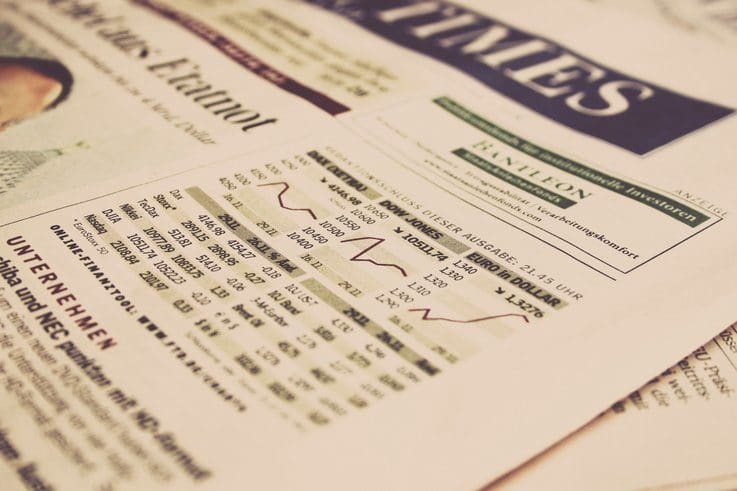
Less fragmentation
One characteristic of retail payments today is the breadth of choice available to customers, and retailers, particularly in the online world. From widely accepted services like Paypal, to mobile operating system specific gateways like ApplePay and Android Pay, to a bank’s own mobile wallet, the options are endless.
Alex O’Byrne, founder of Fintechers, believes that this is going to change in the future with a move towards less fragmentation. “Technology tends to invisibility. Voice and AI are the latest manifestations of technology that can do more with less of our effort. To become invisible, technology must first become frictionless. As we all know, payments are getting faster, easier and more secure at the same time. This will continue,” he explains.
“At the same time, the distinction between shopping online and ‘offline’ has blurred. With that said, payments are still very fragmented, a modern ecommerce checkout can include a normal payment gateway, PayPal, ApplePay, Amazon Pay, Klarna and more. I think in future this will tend to 2 or 3 major payment ‘operating systems’ that are widely accepted online and offline, cheap and simple to adopt for both buyers and sellers.”
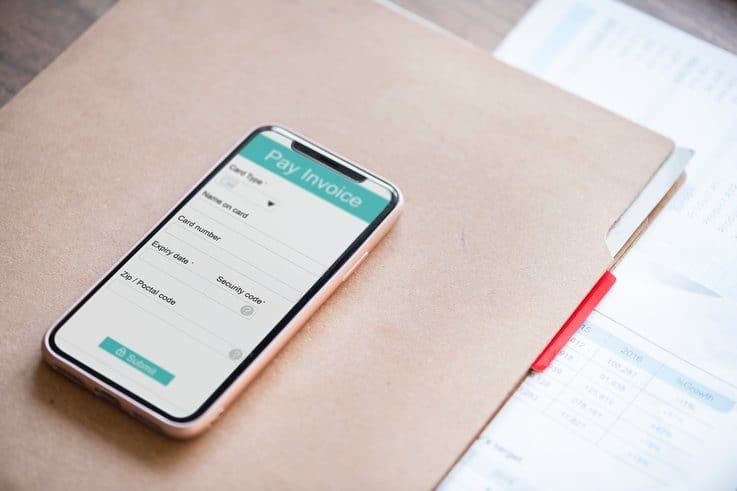
Apps and mobile wallets
Another growth area in retail payments has been the use of apps and mobile wallets. These can have added benefits by tying other information about a customer to the transaction.
Payments expert Pieter de Wit says that “in order to understand retail payments, it’s good to understand what challenges retailers are facing at the moment.
“The majority of consumers are using their smartphone instore, for comparing prices, search for product information, reading product reviews, etc. I’m convinced that more and more retailers will engage with consumers by launching a ‘Swiss Army’ knife kind of App,” he adds.
This app, he explains, could enable customers to scan products with their phone for information, stock levels and to add it to a virtual cart, provide seamless access to the retailer’s website, incorporate a loyalty programme, and more.
“If your mobile has served you so well in several stages of the customer journey, it is a no brainer not to include: ‘The checkout’,” he notes. “And here comes the payments component.
“The App could provide a wallet including a loyalty component. This wallet will likely be connected to either a bank account or a credit card and can be used both for Point of Sale and e-Commerce payments.
The app will now enable:
- To recognise a customer when entering the store and thus solves the OmniChannel conundrum. By using the app, the retailer can identify the customer – what they have searched for and what they have ordered and paid for. In return the customer can take part of a loyalty program, thus benefiting from loyalty points / special deals.
- The consumer to scan the articles instore, put them in the shopping cart and pay at the counter (preferably contactless) – fast checkout
- The customer to scan the articles instore and pay at a self checkout (through NFC or a QR code) – faster checkout
- The customer to scan the articles instore and pay in-app (so no need to pass a physical checkout anymore) – no (physical) checkout
- The customer to search for products which are not available instore, order them instore, request for a home delivery and pay (in-app)
- The customer to search for products from home, order them, either ask for a home delivery of requesting to pick them up at one of the physical stores and pay (in-app).
- And to make it even better – when it comes to the user experience – the payment authentication could even be based on biometrical recognition (Iris, fingerprint or Facial)
I’m convinced there is no other solution available today, that can support so many of the consumer and retailer commerce and payment needs.”
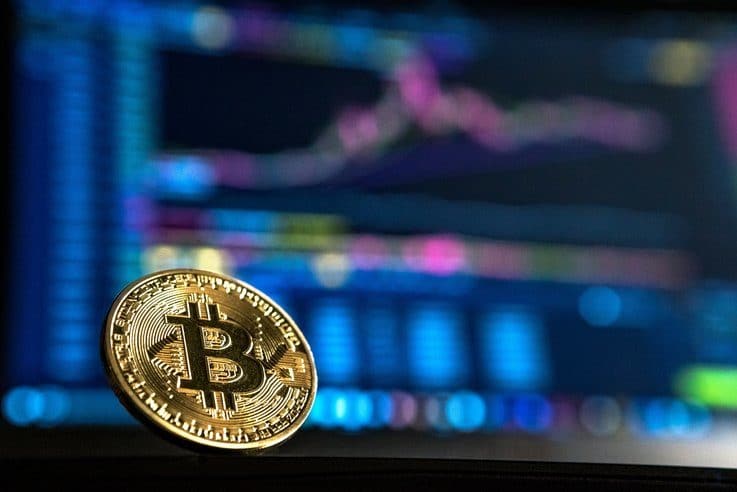
Cryptocurrency
It’s hard to talk about fintech without touching on Bitcoin, the headline-grabbing blockchain based cryptocurrency. While it may have the greatest public penetration, it’s not the only cryptography secured currency out there, and more seem to appear each year.
As to whether it’s the future of retail payments though, Barry E James, Founder of ICOrad.io & TheCrowdfundingCentre.com says it could go either way. “The large credit card companies are pushing us towards a cashless society. The closer we get the greater our dependence on them, and past a certain point what I think of as the card-tax, or toll, the percentage you are used to paying them, can rise at their behest,” he notes.
“On the other hand we now have a huge surge of innovation in fintech generally and in cryptocurrencies and blockchain in particular. With the medium to long term promise of sweeping away all those tolls and most of the charges and streamlining everything. Yes, the current crop of cryptocurrencies are still too volatile and a bit too tricky to handle, but the next generation is already on its way and will make payments faster, easier, and almost toll free – if not actually zero cost.
The choice is ours, we must vote with our feet – and wallets. That’s why we are now launching ICOrad.io, helping people and businesses get ready for this revolution.”
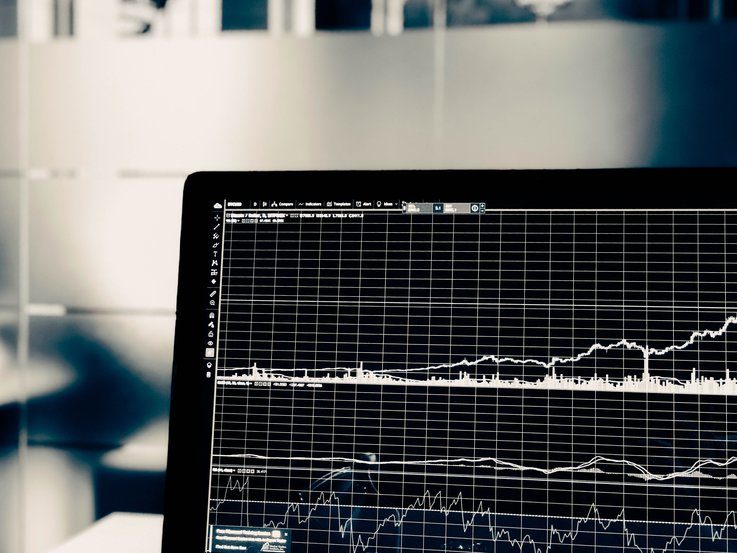
Own-brand currency
When envisaging the future of payments, sometimes it’s good to strip it back to what it is at its core – a value-exchange. With that in mind, it’s entirely possible for other types of exchange to take root from social media to a brand-specific currency.
“I theorise an entirely new FinTech phenomenon will also be spawned which I’m calling – The #FinTech God Particle,” says Chris Gledhill, CEO and co-founder of Secco.
He notes that social messaging apps are starting to include the ability to perform payments as well, and that payment apps are starting to add the ability to send messages.
“It’s the ultimate battle. The unstoppable force of social media Vs the immovable object of banking. When kids are using social apps like Snapchat they’re not just chatting, they’re exchanging value back and forth. Memes, Songs, Jokes, Emojis, Pokemon, Selfies, Rumours, Opinions, Reviews, Coupons etc – these are the digital currencies of their digital playground but they lack a standardised container for exchange,” he explains.
“Just as the discovery of the Higgs boson takes us back to the beginning of the universe, the FinTech God Particle takes us back to the beginning of money. It puts a powerful microscope on “money” and shows that, what we now call money are actually empty containers for value that once existed. The value we exchange via social media is actually truer in form to the original concept of money but lacks a practical container for exchange. As social apps blur with payments apps the concept of what constitutes value will diversify and inherently what it means to be wealthy.”
Longer-term Gledhill asks “what if everyone, every business and every (internet of) thing could create their currencies. Not one that’s backed by force or computing power but by the reputation of the creator of the currency.”
He notes that trust in the creator of the currency would be a huge factor, creating an opportunity for globally recognised brands to take the lead. “In this multi-currency world an evolutionary force weeds out the weak currencies in a sort of survival of the trustworthiest battle. The result is a spectrum of individual, local, national, corporate and international currencies to choose from.
“Suppose the Big Mac was a currency itself, issued by McDonalds and redeemable by the bearer for 1 Big Mac. It would be a globally recognised unit of value backed by the reputation of a globally recognised brand. It could just as easily be a Cappuccino Coin from Starbucks or CocaCoin. Holding these coins doesn’t mean you want big macs, it just means you trust the organisation in question to deliver on the promise the coin represents.”
Brenda Gilpatrick of Your Fantastic Plastic agrees. She notes that “The future will involve payments strategy also linking to marketing strategy. It leverages the merchant’s own branded currency to pay for purchases which saves on interchange and simultaneously drives deeper customer engagement and loyalty. To date, no one has done it better than Starbucks. Who’s next?”
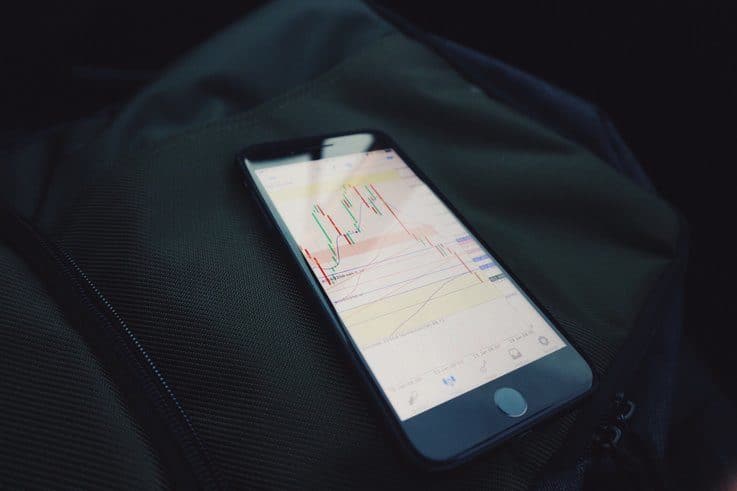
What is the future of retail payments?
The future, it seems, is still hard to predict. It’s likely that the retail payment solutions of the future will still be based on ideas we have become familiar with, such as apps and mobile payments. At the same time, the number of options may reduce as certain methods and gateways become the default choice for larger numbers of consumers. Some of this may be down to penetration, eg the partners a particular service can score, as well as trust in the service.
We also can’t ignore the growth in the new wave of digital cryptocurrencies. While it’s still early days at present, they may well be the payment services of choice in the future. And the strongest brands may even come up with a currency of their own.
Ultimately though, the retail payments of the future are going to be driven by convenience. Right now that’s still things like cash, due to the backing of governments and country-wide, or even across multiple countries, acceptance. But as other payment options become faster and more secure we may find convenience elsewhere.
If you want more content like this, or to keep up with the latest retail trends, click here to join our community.

